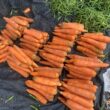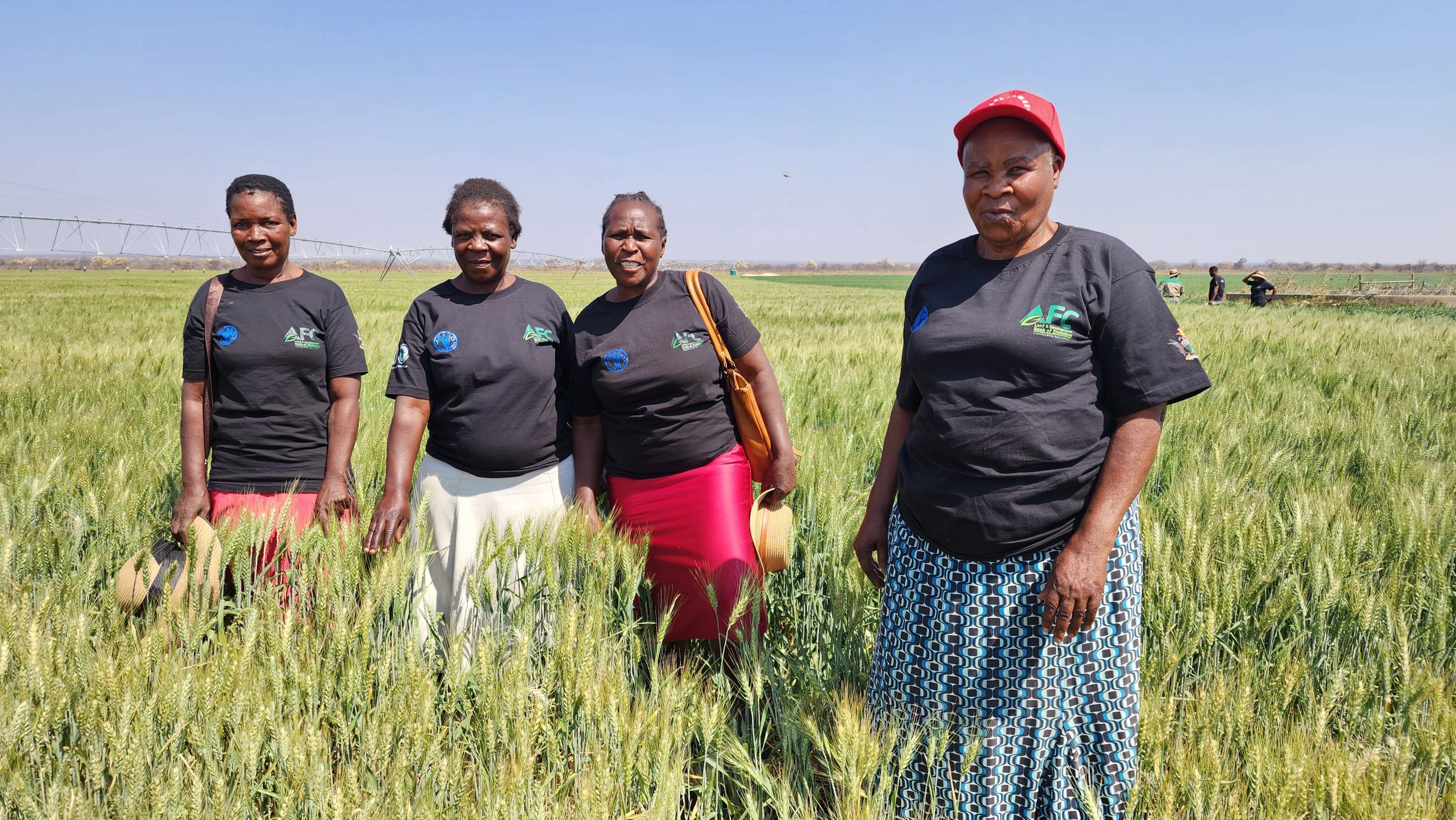By Conrad Mwanawashe

The Zimbabwe Association of Dairy Farmers (ZADF) has initiated various strategies targeted at ensuring the growth of dairy farmers, improvement of animal genetics and growth in farmers’ bottom line.
The strategies that have already started working the magic include the Farmer Graduation Model that seeks to help farmers grow to higher production levels from their current status. The vision is to double milk production of the right quality of milk at the right price.
ZADF promotes and develops milk and dairy production in Zimbabwe since 2013.
Currently ZADF boasts of about 2500 small scale farmers, around 180 medium scale and about 60 large scale farmers.
“When I came in as chair, I challenged the team to find a model which can help us grow. The Farmer Graduation Model has had a huge impact on our farmers. I will make a detailed presentation on the impact of the farmer graduation model at the upcoming ZADF annual general meeting later this month (September 27 & 28),” said Ernest Muzorewa, ZADF National Chair.
When the model was initiated, Mr Muzorewa said he was milking 12 cows but has since grown to milking 25.

“We came up with the Farmer Graduation Model where we said that if you are a smallholder farmer, you must grow to a medium scale farmer, medium scale to large scale, from large scale to a mega dairy farmer as a way of increasing milk production. If your volume increases and so will your return. The model means that a farmer must also increase milking herd,” said Mr Muzorewa.
The model, which was supported by We Effect, saw farmers receiving heifers to grow farmers’ herds.
Further support to farmers was also through a local heifer breeding concept where farmers embraced the concept of breeding heifers for sale.
“In the past we used to rely on buying heifers from South Africa. We now have a good number of heifers being bred and sold locally. We now have a good number of heifers being bred and sold locally and that has reduced the cost of importing heifers significantly,” said Mr Muzorewa.
Some of the strategies initiated to ensure farmer growth include work on helping farmers to reduce cost of production and how to attract favourable prices for their milk.
“Prices are a little bit challenging because the cost of producing milk is very high in Zimbabwe because the cost of feed is very high. As ZADF, we engaged a consultant to look into the issue of pricing and his recommendation was that we should benchmark our price based on milk price to feed price ratio. If the ratio is below two then the farmer is not making good money.
“We are encouraging our farmers to do home-mixing of various ingredients and to that effect we have engaged a nutritionist to help farmers in formulating rations at farm level to make sure that farmer is getting a good price for his/her milk. If the cost of producing milk is lower, then the farmer gets a better margin,” according to Mr Muzorewa.
“In fact, we are moving towards pasture based dairy farming where we are encouraging farmers to grow forages as much as possible. To that effect we have partnered Europe Africa Seeds Initiative (EASI) who will be recommending various forages for different agro ecological regions, then we reduce costs on bag feeding. That would reduce the cost of production significantly.”
EASI Seeds has experts in cultivating pastures while ZADF have a pool of dairy farmers in their organization.
ZADF is also encouraging farmers to invest in high value breeds and improve animal genetics.
“To expedite the growth we are bringing in sexed semen so that we ensure that the calves that are being born are heifers instead of bulls,” according to Mr Muzorewa.
ZADF is encouraging farmers to consider value addition to increase their returns.
We are encouraging dairy farmers to dip their animals against January Disease and vaccination for Foot and Mouth.
Dipping controls teaks, foot and mouth is a virus so needs vaccination.
On the upcoming AGM, Mr Muzorewa said the meeting will combine business and the dairy school, with various international speakers making technical presentations on dairy as a business, cow management, heifer breeding, among other technical issues.
Dairy production improved by 38 percent in the five years from 2017 to 2022 with milk production increasing to 91,4 million litres from 66 million.









